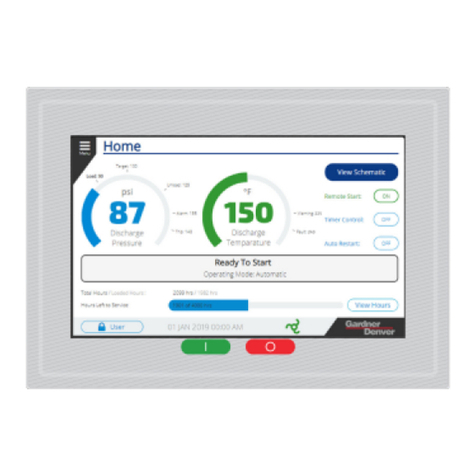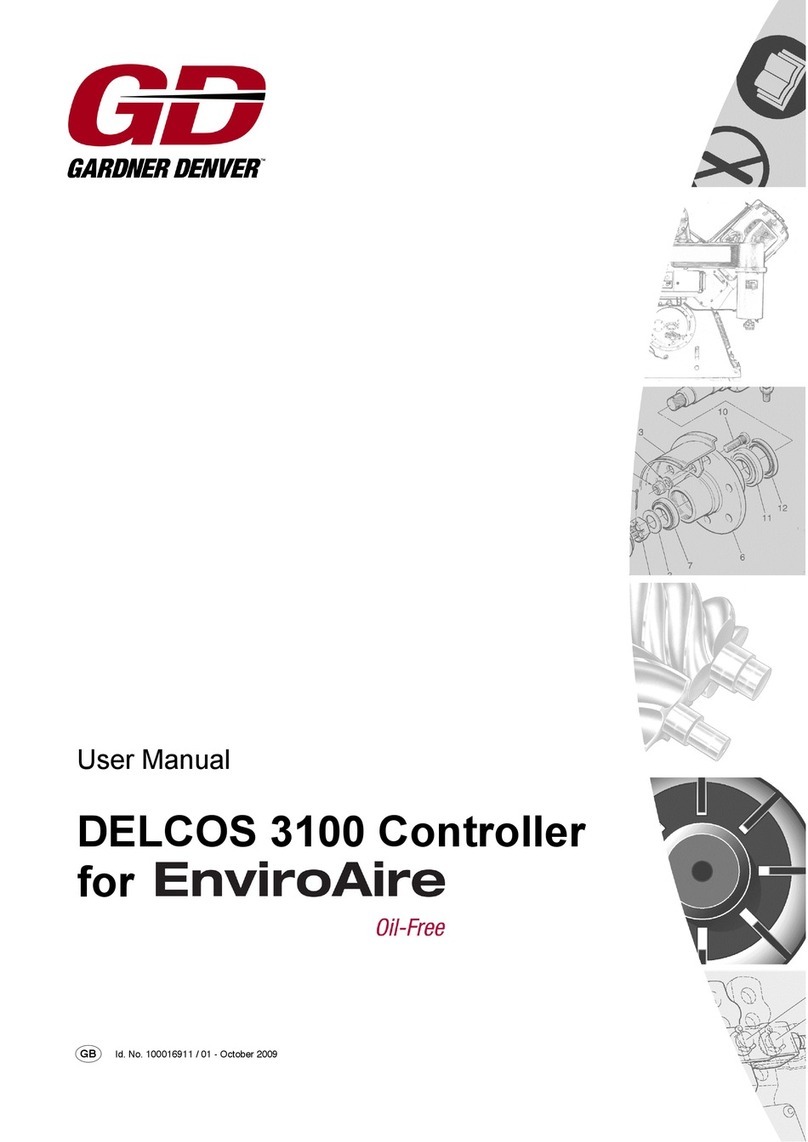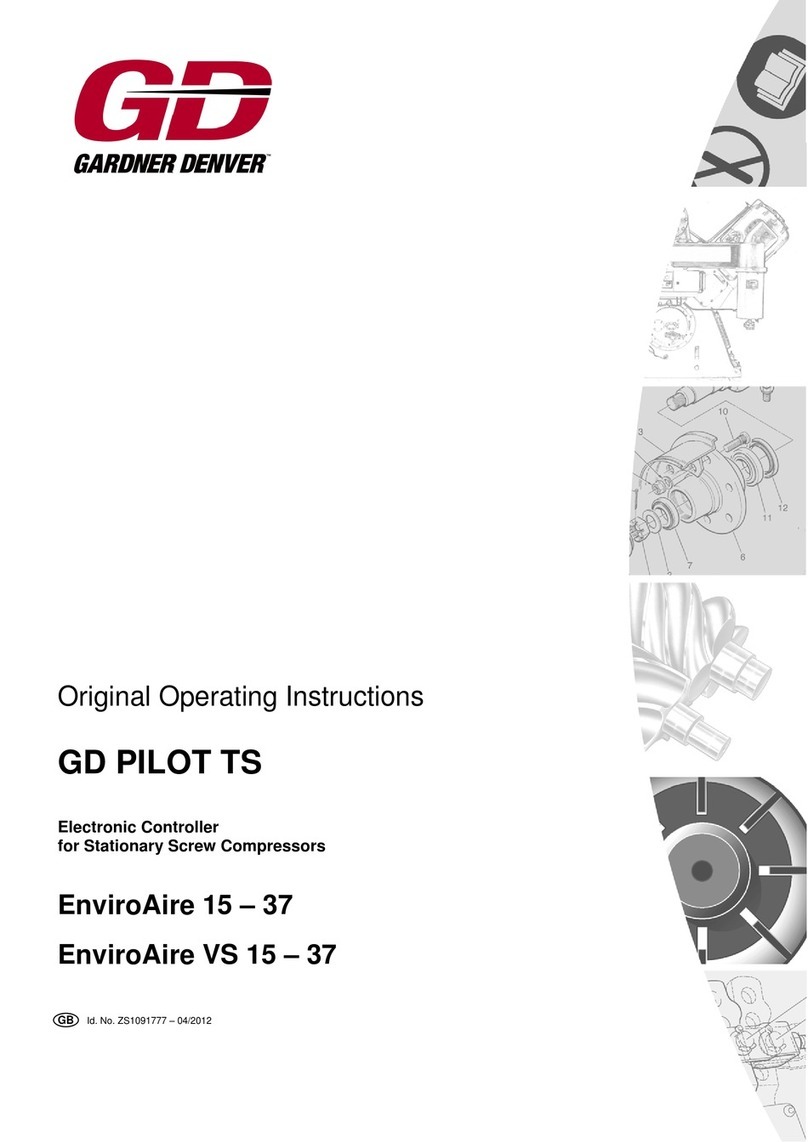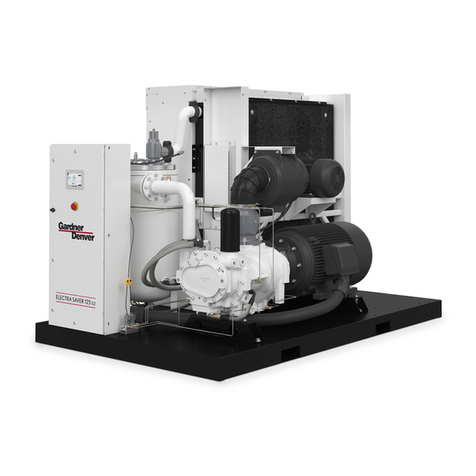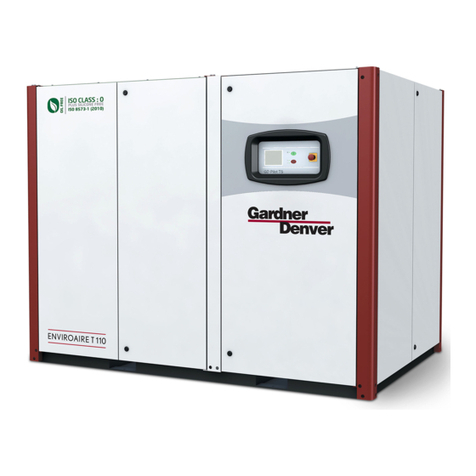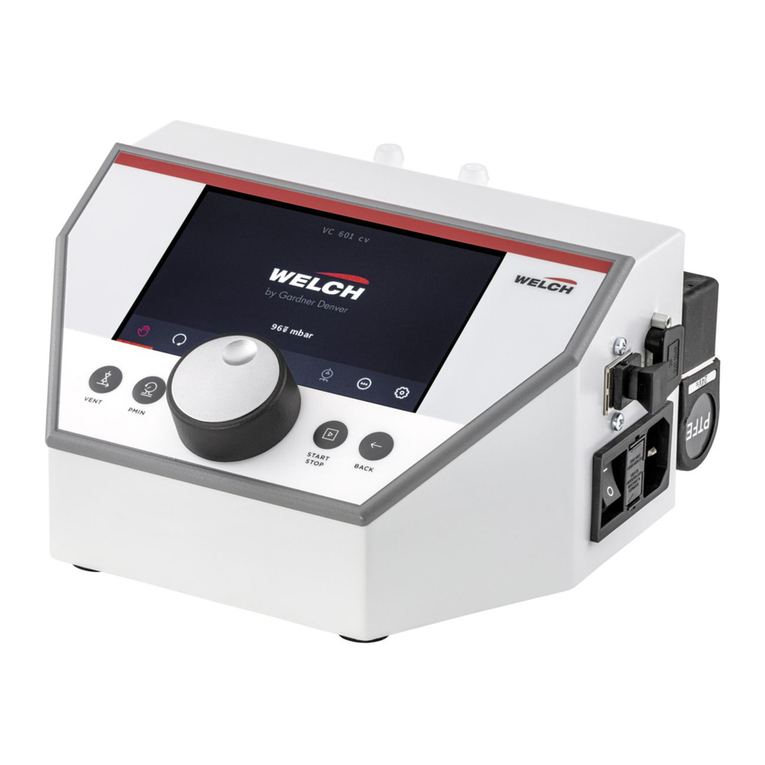
13-17-621 Page 6
4.2.11 Auto Restart Enable..................................................................................................................64
4.2.12 Dryer Pre-Run Time..................................................................................................................64
4.3 Configuration .....................................................................................................................................65
4.3.1 Locale .........................................................................................................................................66
4.3.2 Date & Time................................................................................................................................68
4.3.3 Communication...........................................................................................................................69
4.3.4 Security.......................................................................................................................................71
4.3.5 Advanced....................................................................................................................................72
4.4 Sequencing........................................................................................................................................74
4.4.1 Sequencing Types:.....................................................................................................................74
4.4.2 AirSmart Protocol:.......................................................................................................................75
4.4.3 Delcos Protocol:..........................................................................................................................76
4.5 Timer Control.....................................................................................................................................76
4.5.1 Timer Start Stop:.........................................................................................................................77
4.5.2 Press Band p2 Timer:.................................................................................................................79
4.6 Programmable I/O.............................................................................................................................82
4.6.1 Digital Inputs:..............................................................................................................................83
4.6.2 Digital Outputs: ...........................................................................................................................86
4.6.3 Temperature Inputs: ...................................................................................................................88
4.6.4 Analog Inputs:.............................................................................................................................89
4.6.5 Analog Outputs:..........................................................................................................................90
4.7 Advanced...........................................................................................................................................91
4.7.1 Setup:..........................................................................................................................................91
4.7.1.1 Model: ......................................................................................................................................92
4.7.1.2 Serial Number:.........................................................................................................................95
4.7.1.3 Design Pressure: .....................................................................................................................95
4.7.1.4 Max Volume Flow: ...................................................................................................................95
4.7.1.5 Oil Type:...................................................................................................................................96
4.7.1.6 System Voltage:.......................................................................................................................97
4.7.1.7 Motor SFA:...............................................................................................................................97
4.7.1.8 Elevation:.................................................................................................................................98
4.7.1.9 Total Hours: .............................................................................................................................99
4.7.1.10 Loaded Hours: .......................................................................................................................99
4.7.1.11 Brand: ..................................................................................................................................100
4.7.2 Operating Limits:.......................................................................................................................100
4.7.2.1 Max Start Pressure:...............................................................................................................101
4.7.2.2 Heavy Startup:.......................................................................................................................101
4.7.2.3 Minimum Start Temperature:.................................................................................................101
4.7.2.4 Discharge Temperature Warning:..........................................................................................101
4.7.2.5 Discharge Temperature Fault:...............................................................................................102
4.7.2.6 Delivery Pressure Warning:...................................................................................................103
4.7.2.7 Delivery Pressure Fault: ........................................................................................................103
4.7.2.8 Additional Operating Limits....................................................................................................104
4.7.3 Control - Default:.......................................................................................................................104
4.7.3.1 Automatic Stop Time: ............................................................................................................105
4.7.3.2 Rotation Direction Check:......................................................................................................105
4.7.3.3 Min Stop Time:.......................................................................................................................106
4.7.3.4 Minimum Run Time:...............................................................................................................106
4.7.3.5 Acceleration Time:.................................................................................................................107
4.7.3.6 Star Delta Time:.....................................................................................................................108
4.7.4 Control –Variable Speed:.........................................................................................................108
4.7.4.1 Ext Speed Limit (min): ...........................................................................................................109
4.7.4.2 Ext Speed Limit (max): ..........................................................................................................109
4.7.4.3 Speed Control Source: ..........................................................................................................110
4.7.4.4 Capacity Limit: .......................................................................................................................111
4.7.4.5 Cold Start Time:.....................................................................................................................111
4.7.4.6 Cold Start Limit: .....................................................................................................................112
4.7.4.7 Manual Speed:.......................................................................................................................112
4.7.5 Cooling - Default:......................................................................................................................113
4.7.5.1 Cooling Type:.........................................................................................................................113

